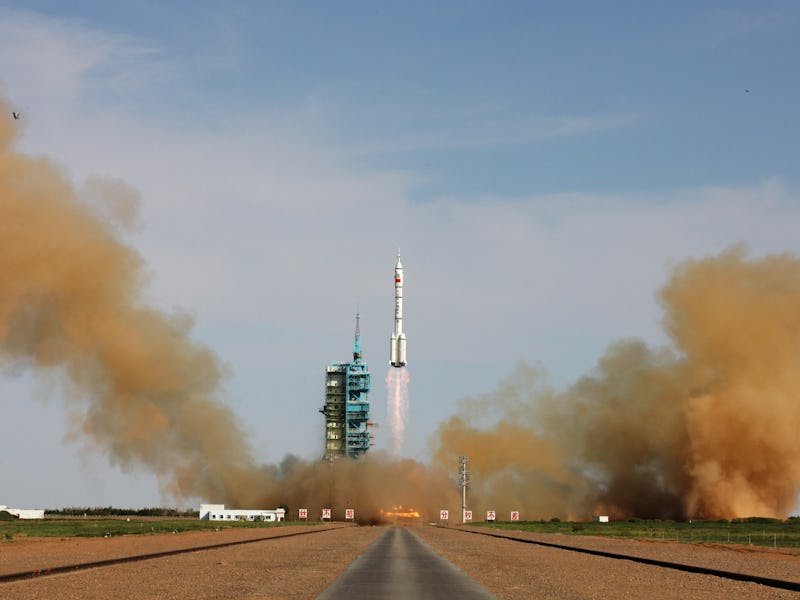China Wants to Land Rockets Like SpaceX, but With Parachutes

The most populous country in the world is starting to take rocketry lessons from the hottest space company in the world. China will begin developing a new launch infrastructure which will ensure the recovery and reusability of booster rockets launched into orbit. In other words, we can expect to see China start landing its rockets back on Earth just like SpaceX currently does.
China boasts one of the top two GDPs in the world but it still knows full well how limiting the costs of space exploration can be. One way to potentially bring down those costs is to make space travel more sustainable through reusable rockets, by landing the early stage boosters back on the ground after launch. That’s exactly the approach SpaceX and Blue Origin are pursuing as private companies.
With those two companies having basically demonstrated a proof of concept through repeated rocket landings, it looks like China feels comfortable getting in this turf as well. South China Morning Post reports that the China Academy of Launch Vehicle Technology is looking to manufacture a spaceflight system which would bring the rocket engine and booster safely back to earth after launch.
However, unlike the controlled ignition burn that SpaceX and Blue Origin use to slow the booster down and navigate it towards a target landing site, China’s system uses parachutes.
Yes. Parachutes.
First, three parachutes are deployed from the nose of the booster after it separates from the rest of the spacecraft. Those mini-chutes help stabilize the booster and keep it relatively straight. Next, a bigger chute deploys to really start to slow down the booster as it makes its descent towards the ground. Sensors and other navigational equipment help track the booster as it nears the surface.
Finally, an airbag inflates right as the booster is about to land, cushioning the bottom from the impact. The rocket, you might have guessed, won’t make a straight vertical landing, but instead fall over on its side against the airbag.
If all of this sounds a little ridiculous for a rocket landing, that’s because it is. A booster rocket is a very expensive piece of equipment. An average launch to low Earth orbit still requires you to bring the booster back literally from space (which starts at 62 miles in altitude). It’s more than a bit difficult to imagine a few parachutes and an airbag are going to save a booster that’s falling from such a height.
In addition, the parachute system requires having to account for a larger landing zone, since you can’t readily navigate the rocket towards a specific site. If the rocket hits a bad wind or the launch takes it in an unanticipated trajectory, the booster might end up hitting the ground way off target.
Nevertheless, it’s a more cost-effective landing system than SpaceX’s method, if it works. The Elon Musk-led company has chosen an architecture which uses multiple rockets to generate thrust. The Falcon 9 so far has been limited in the size of payloads it can haul into space. China has elected, like many other companies such as Boeing and Lockheed Martin, to go with delivery systems which use bigger rockets in smaller quantities.
A vertical landing system might still be approved. China won’t make a final decision before 2020.